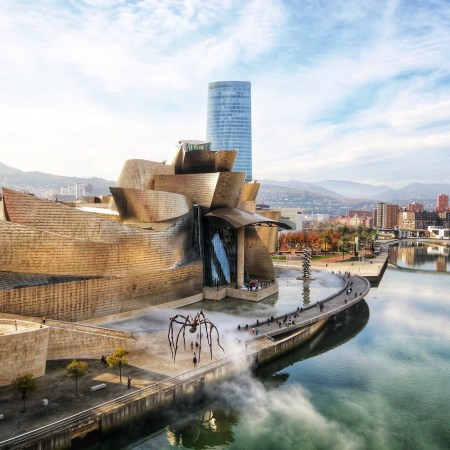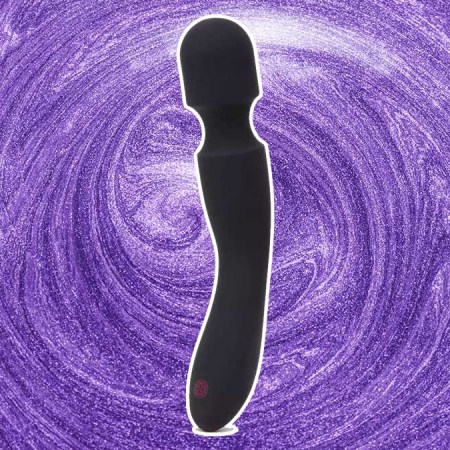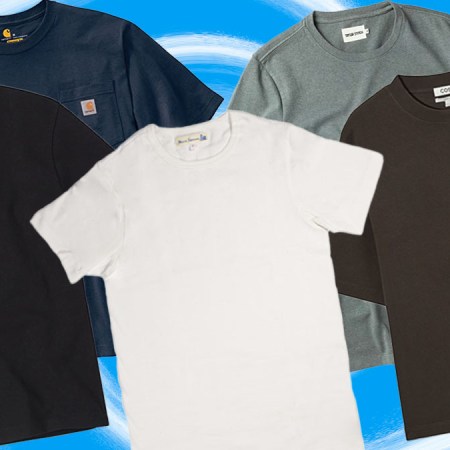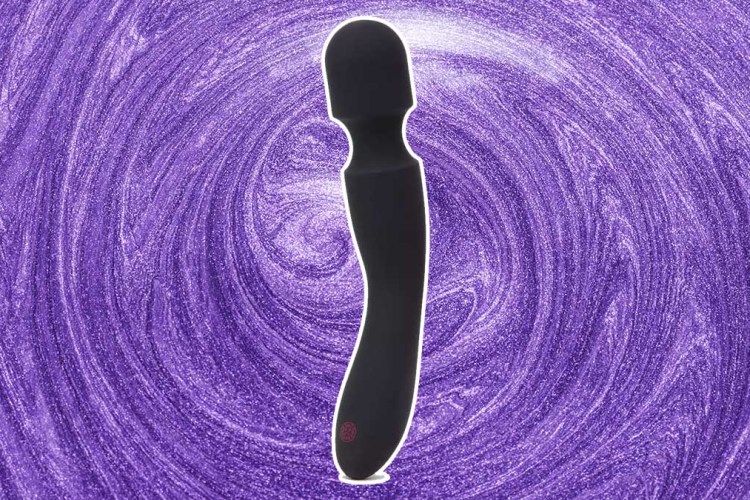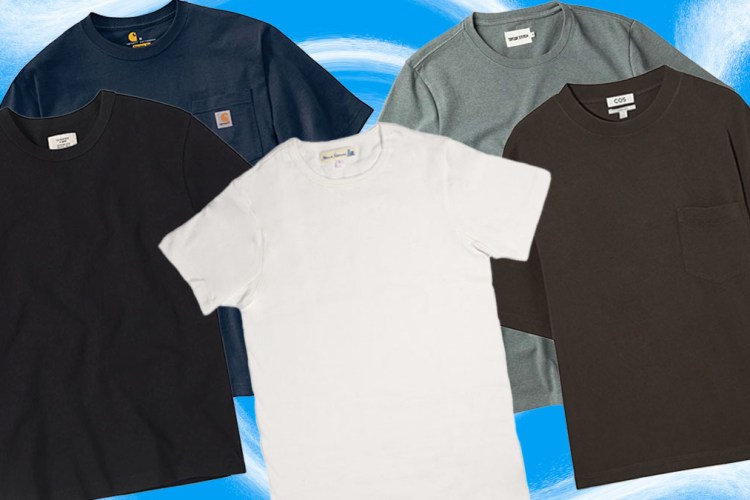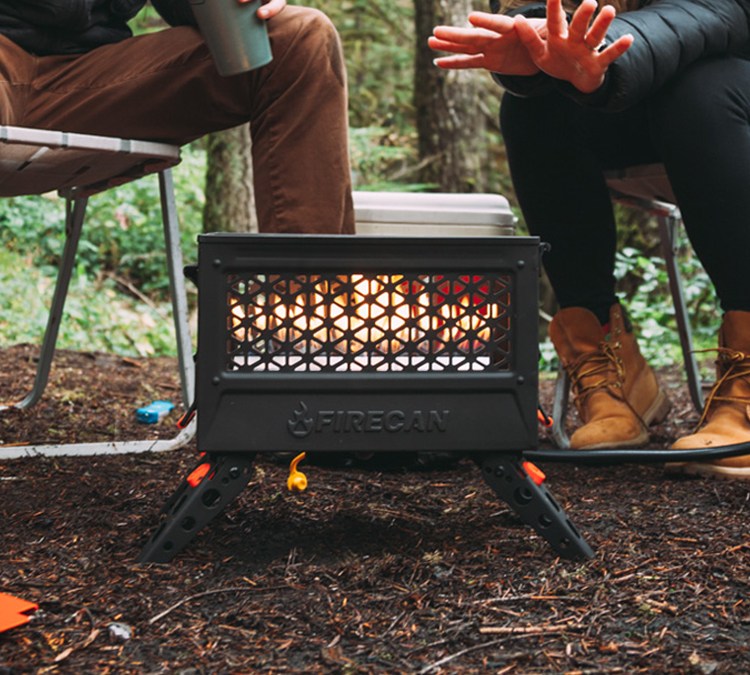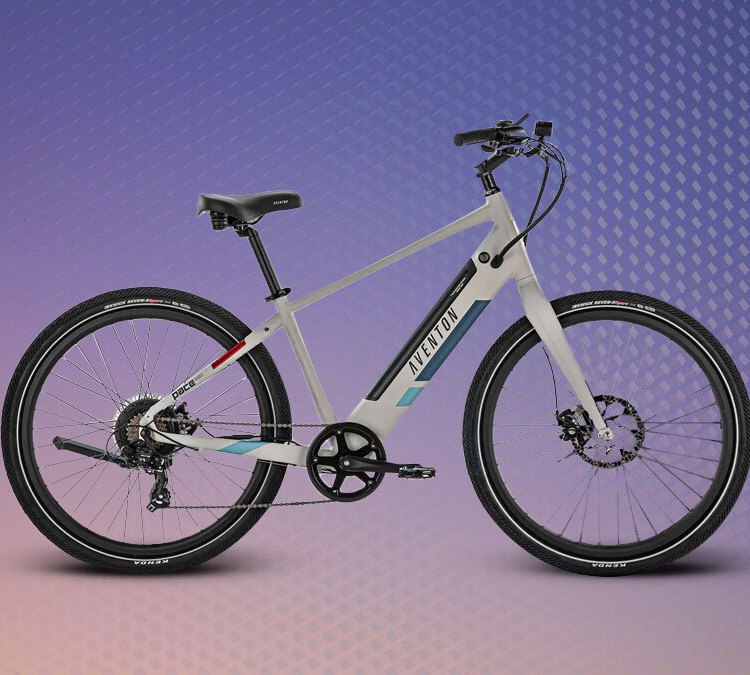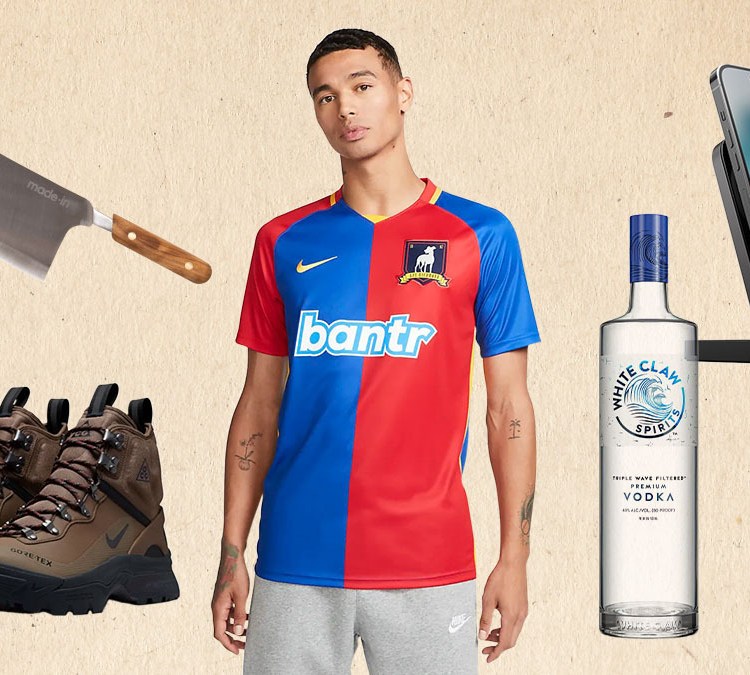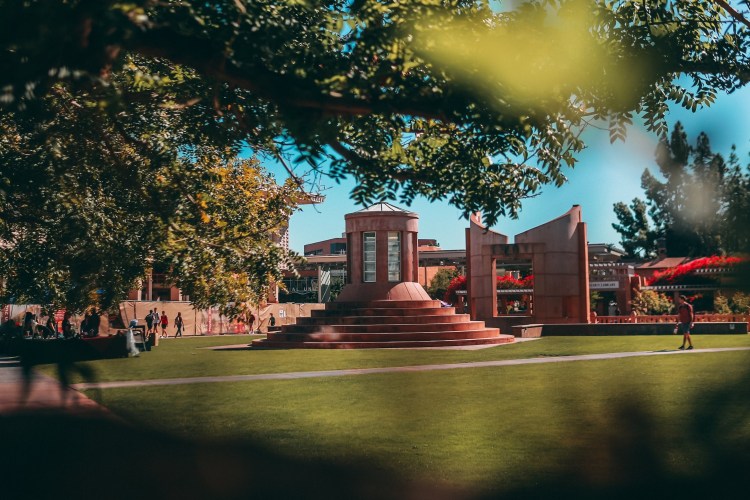Nota bene: If you buy through the links in this article, we may earn a small share of the profits.
Many segments of the travel industry struggled as a result of the pandemic. Camping wasn’t one of them.
According to the latest research from KOA, Covid-19 encouraged more than 10 million U.S. households to camp for the first time in 2020. And this year, experts anticipate even bigger crowds as campsite reservations have soared 500% for July and August.
So there’s a pretty good chance you’re thinking about camping for the first time this year, too. I’ve enjoyed the benefits of camping in the Pacific Northwest for years, and I know it’s intimidating when the time comes to pack for a multi-day trip, whether you’re heading out with friends or adventuring alone. That’s why I’ve put together this camping guide to make it easy and stress-free.
Search the internet for camping guides and you’ll notice a similar theme: most are incredibly long and absurdly elaborate. But we’re taking a different approach, stripping away the equipment you don’t need quite yet. If this is your first time camping, we’ll get you started with the essentials, some of which you can find around the home. Here’s everything you need for camping this summer and nothing you don’t.
Before Sourcing Equipment, Consider…
Your Location
I recommend reserving a campsite for a few nights at a designated campground. There you’ll find basic amenities such as picnic tables, bathrooms and firepits, each of which makes your first time a little more comfortable. If your heart is set on primitive camping, anticipate bringing more equipment.
Whether You’re Camping or Glamping
This is your adventure, which means you can bring as much or as little as you’d like. Some people are content with only the essentials, and others prefer an elaborate, cushy camp. Set up everything that adds to your experience, from camping chairs to string lights. Just remember one of the original tenets of camping: “pack it in, pack it out.” Whatever you bring with you leaves with you.
New vs. Used Gear
Contrary to popular belief, camping equipment isn’t always expensive. To save money, browse websites like Craigslist, Facebook Marketplace and OfferUp, which curate used gear at discounted prices. Other secondhand retailers like GearTrade and Outdoor Gear Exchange host sellers looking to part ways with used gear as well. And if you’re a member at REI (a lifetime membership costs $20), a monthly garage sale offers some of the best prices you can find on used outdoor equipment.
A Beginner’s Guide to Camping

Shelter Essentials
Optional
- Lantern (tent lights)
- Camp mat
- Sleeping bag liners
- Repair kit
- Small broom and dustpan
- Hammock
- Storage bins
- Clothesline
- Insect repellent
Shelter Tips
If you’re camping in fair summer weather, a basic shelter is all you need to sleep in peace. Though some shelters are designed for rugged environments, we recommend starting with a classic three-season tent and a sleeping bag rated for 20°F. Consider purchasing a sleeping pad as these offer greater comfort and insulation, but an air mattress will suffice as long as it fits inside your tent (and you have the means to inflate it).
To liven up your shelter, bring fleece blankets or pillows from home. There’s a good chance you won’t need extra layers unless nights are cold in your locale, but amenities from home transform a basic tent into a plush sleeping setup. If you’re interested in getting closer to nature, cowboy camping ditches the tent for a night under the stars. Just make sure bugs, weather and local wildlife won’t ruin the experience.

Camp Kitchen Essentials
- Cooler
- Water dispenser
- Stove
- Fuel
- Lighter/matches
- Cookware
- Food containers
- Bowls/cup/plates
- Utensils
- Biodegradable soap
- Quick-drying towel
- Garbage bag
Optional
- Paper towels
- Bottle/can opener
- Measuring cups
- French press
- Griddle
- Cast iron
- Grill rack
Kitchen Tips
The amount of food you need to prepare and the type of food you’d like to eat are often the primary factors to consider when cooking. If you’re feeding a large gathering of hungry hikers, a two-burner camping stove will be the easiest way to rustle up some grub. For smaller parties of 2-4 (or if you’re solo camping), preparing food over an open flame or investing in a compact, single-burner stove allows for plenty of creative cuisines.
Once upon a time, dehydrated camping food was uninspiring at best and stomach-churning at worst. But these days, brands like Backpacker’s Pantry, Good To-Go and Mountain House create appetizing meals for every conceivable outdoor occasion. If you’re not confident with an open flame, pick up a few dehydrated meals and grab one of our favorite pantry essentials to add some flavor. Otherwise, pack ingredients in a rugged cooler to make your favorite meal away from home.

Clothing Essentials
- Quick-dry pants/shorts
- Synthetic tee/long-sleeve
- Wicking underwear
- Fleece jacket/pants
- Hiking shoes/boots
- Sandals
- Hiking socks
- Hat
- Sunglasses
- Rain jacket
- Base layer top and bottom
- Insulated jacket
Optional
Clothing Tips
Time and time again, your clothing will define your experience outdoors. Too many times I’ve left a fleece jacket behind assuming the day’s warmth would carry into the night, only to find myself shivering inches from the campfire after dark. You can always remove layers if things heat up, but you can’t add layers that you don’t have. Pack the essentials every time, no matter what the weatherman says.
Speaking of weather, check the forecast a week before you plan on leaving and start preparing for those conditions. If it calls for rain, you’ll know to pack a rain jacket just in case you’re caught in a downpour. When you’re a day or two away from departure, check the weather again to ensure nothing has changed. Consult your local news channel, or use reliable online resources. If you’re camping in a national forest or national park, the Forest Service provides accurate forecasts from local stations.

Campfire Essentials
Optional
- Portable stove
- Charcoal
Campfire Tips
A camping trip isn’t complete without a campfire. I won’t delve into how you should build a fire (everyone has a different method), but there are a few variables to consider along the way. For instance, most campgrounds won’t allow you to bring firewood from home, as it may contain a tree-killing insect or disease. And please, don’t chop down a tree at the campsite either. Instead, always buy local firewood at the campground or nearby. You won’t need an axe, but a hatchet will come in handy when you’re splitting a log or chopping small branches for kindling. Make sure your campsite has a fire pit to contain the flames, or invest in a portable camping stove.

Personal Gear
- Daypack
- Water bottle/hydration bladder
- Pocket knife
- Multi-tool
- Lighter
- Map
- Headlamp
- Cash/credit card
- ID
- Permits/reservations
- Duffle bag
Bringing Additional Gear
Camping is a beloved activity in its own right, but you might as well take advantage of the opportunity to explore the world beyond your campsite. To that end, you’ll need to bring some personal gear as well. A daypack will haul food and drink alongside miscellaneous essentials, and a duffle bag will keep everything organized during transport. Your checklist of personal gear may vary, but these basics will ensure your time on the trail is worth the effort.

Health and Hygiene
- Medical kit
- Toothbrush/toothpaste
- Toiletries (biodegradable soap, shampoo)
- Unscented hand sanitizer
- Toilet paper
- Prescriptions
- Pack towel
- Bug spray/sunscreen
Optional
- Washcloth
- Quarters for showering
- Baby wipes
- Comb/brush
Health and Hygiene Tips
“Clean” is a relative term when camping. Some of us enjoy the dirt under our nails and the smell of campfire smoke on our clothes. Others prefer a daily shower, regular oral hygiene and a clean surface to prepare food upon. If an outdoor escape gives you an excuse to ditch your deodorant, I encourage you to embrace that other side of normal. And if you want to stay clean, that’s cool too. Keep in mind, insects are attracted to scented body products, so consider investing in unscented, biodegradable alternatives.
We've put in the work researching, reviewing and rounding up all the shirts, jackets, shoes and accessories you'll need this season, whether it's for yourself of for gifting purposes. Sign up here for weekly style inspo direct to your inbox.

